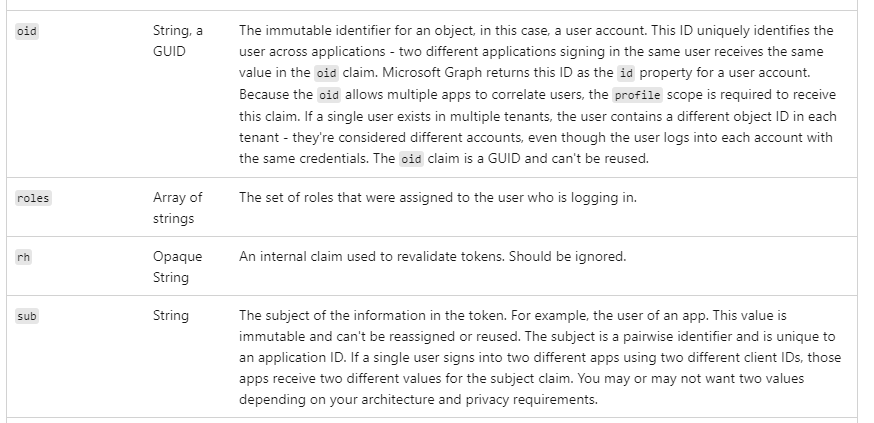When a user is created with OpenID and the identifying claim is set to 'sub' (which is preferred), this 'sub' value will be displayed in trace fields when that user makes changes in your end product;

The idea is to modify the current/new 'tsf_user' function to return any other fields (based on what you configured in IAM) related to this user's information, such as First Name and Last Name or Email












